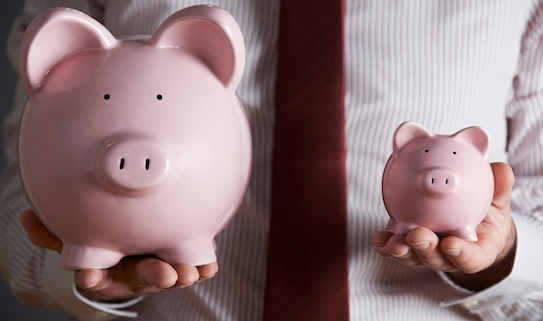During the 2005 to 2007 bubble years, the gap between home prices and the long-run sustainable values in the U.S.’ largest 100 markets was approximately 10 percent, meaning that housing was 10 percent overvalued to its fundamentals.
When the market collapsed, the tables were flipped, and home prices fell to 10 percent below sustainable levels. In the following years of recovery, the overall market has achieved a near normal level, with a gap only 3.6 below the long-run sustainable level. However, according to a new report from CoreLogic, at least 14 of the top 100 markets in the U.S. are currently overvalued – double the number at the end of 2015’s first quarter.
Among the 14 overvalued markets, Miami came in at No. 4. CoreLogic listed Magic City home prices at 20.6 percent over sustainable levels.
Since 2013, home price appreciation in the city has been among the most robust in the nation. In 2013, home prices rose at a pace of 11.5 percent, and since Jan. 2014, that rate has risen even further to 15.6 percent.
Still, despite the rapid increase, prices remain 25.3 percent below their pre-2007 peak.
A Worrisome Trend
In an interview with CNBC, CoreLogic Deputy Chief Economist Sam Khater spoke to the markets identified, and admitted it is a worrisome situation.
“It is a little bit worrisome, because the markets are becoming overvalued without strong demand,” he said. “If there were more construction, these markets would not be overvalued.”
Construction spending in overvalued markets like Miami and Houston, contrary to Khater’s comments, has actually remained quite robust through the recovery. However, the money is often remaining sunk in the higher end of the market. On the lower end, where demand remains pronounced but financing difficult to obtain, new homes are few and far between.



The Headline is worrisome, the the article doesn’t really point to problems, except for financing.